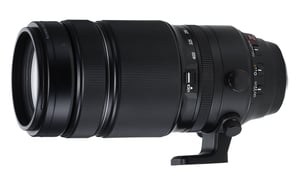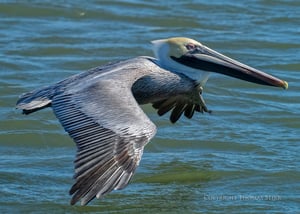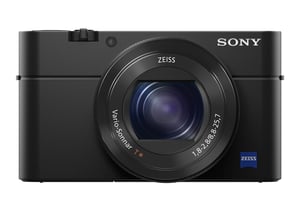In this in-depth field review, we will look at the Nikkor 18-55mm f/3.5-5.6G AF-P VR, the latest Nikon basic DX standard kit lens launched in September 2016. It is an all-plastic lens featuring the newest stepping motor, which focuses faster and quieter than the traditional silent wave motor used on...
Four Simple Tips for Better Composition
Have you ever wondered why you are instantly drawn to some photographs, but not to others? Or why some of your images lack that wow factor that you see in other's. It may be related to how you compose your pictures. How a photograph is composed has a huge impact...
Fuji XF 100-400mm f/4.5-5.6 R LM OIS WR Review
This is an in-depth review of Fujifilm's XF 100-400mm f/4.5-5.6 R LM OIS WR Lens. The lens was released in early 2016 and is Fuji's longest focal length lens and only super-telephoto zoom in its lens lineup at this time. At the moment, the lens holds a couple of records,...
How to Split-Tone Photos in Lightroom
One of Lightroom’s simplest, most useful post-processing options is the humble split-toning panel. Buried between the HSL and Detail sidebars, split-toning isn’t exactly a go-to tool for most photographers. And why should it be? From tint to saturation, Lightroom already offers several ways to change the colors of an image;...
Microsoft Surface Book Review
Having been using the Microsoft Surface Pro for several years now, I was psyched to see the launch of the Surface Book, along with the Surface Pro 4. When I first heard about the Surface Book, I thought "here goes another laptop again"...until I saw the screen detach from the...
Additional Questions on Ethics in Photography
The questions are as old as the technical advancements that made the mass reproduction of photographs possible in the first place: What are the role and scope of photography? What is it capable of, where do its limits lie? Which contents are acceptable, how does a photographer need to behave...
Looking Through Your Archives
As a photographer, it is easy to feel excited about the newest images that you take. After returning from an amazing shoot, there is nothing more fun than loading your photos and sorting through them for the first time. This initial thrill, though, doesn’t always last. If you took hundreds...
Photographing Birds at Murrells Inlet, South Carolina
During our recent holiday in the Myrtle Beach area of South Carolina I had the opportunity to spend some time photographing birds at Murrells Inlet. Early February is not the best time for bird photography as the number of birds and range of species is somewhat limited. Never-the-less I persevered...
Sony RX100 IV Review
Although Sony has already made the fourth iteration of its RX100 camera, sadly, I have not had a chance to test and review any of the earlier models. After the Sony RX100 IV was announced, I told myself that I had to give this camera a try. Partly because our...
Choosing an Entry-Level Nikon DSLR Camera
If you are buying your first DSLR camera, the available options that are out there can be pretty overwhelming. In this article, I'd like to walk you through the important similarities and differences between Nikon's most basic entry level DSLR cameras, currently the Nikon D3200 and Nikon D3300. While this...









